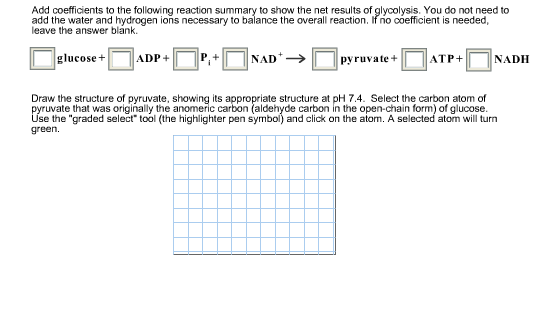

This portion of the pathway is reversible therefore, ribose 5-phosphate can also be formed from intermediates of glycolysis. In the nonoxidative phase of the pathway, ribulose 5-phosphate is converted to ribose 5-phosphate and to intermediates of the glycolytic pathway. The portion of glycolysis that is not part of the pentose phosphate pathway is shown in red. The five-carbon sugar intermediates of the pentose phosphate pathway are reversibly interconverted to intermediates of glycolysis. Glucose 6-phosphate is a substrate for both the pentose phosphate pathway and glycolysis. The pentose phosphate pathway generates reduced nicotinamide adenine dinucleotide phosphate (NADPH) for reactions that require reducing equivalents (electrons) or ribose 5-phosphate for nucleotide biosynthesis. The NADPH is used for reductive pathways, such as fatty acid biosynthesis, detoxification of drugs by monooxygenases, and the glutathione defense system against injury by reactive oxygen species (ROS).įIGURE 27.1 Overview of the pentose phosphate pathway.

Ribulose 5-phosphate, a pentose, can be converted to ribose 5-phosphate (ribose 5-P) for nucleotide biosynthesis. In the oxidative pathway, glucose 6-phosphate is oxidized to ribulose 5-phosphate (ribulose 5-P), CO 2, and NADPH. The pentose phosphate pathway (also known as the hexose monophosphate shunt, HMP shunt) consists of both oxidative and nonoxidative components ( Fig. Glucose is used in a number of pathways other than glycolysis and glycogen synthesis. Pentose Phosphate Pathway and the Synthesis of Glycosides, Lactose, Glycoproteins, and Glycolipids


 0 kommentar(er)
0 kommentar(er)
